Today we leave for home but because the plane doesn’t leave until 11:30PM today we extended our hotel room stay to 6:00. After which we will have a light dinner before departing for the airport at 9:00. We have pretty much the whole day to do other stuff.
We are going back to the Templo Liberstat Synagogue to visit the museum there. We were there previously, but the museum there was closed on Saturday. Once we see their museum, we will be allowed to see the interior of the synagogue. Although the synagogue is open at other times they will not allow visitors entry without some proof that you are Jewish. Security is tight due to threats, etc. from extremists. As I mentioned in the 1990’s, two bombing incidents took the lives of 114 people and injured more than 392.
This synagogue was built in the 1930’s and has no archeological history but its people have been in Argentina a very long time. Spanish Jews fled from Spain in the 16th century after they were expelled from Spain, and came to Argentina with the explorers and colonists of the period. They were not an organized community, however, until the early 1800’s when Argentina gained independence from Spain. Today, most of Argentina’s Jews come from the much later migration of Jews from the Holy Roman Empire in the 1st millennium. According to Wiki; the Spanish and Portugese Jews were called Sephardi, and the later arriving Jews are Ashkenazi. The museum contains old copies of the bible, and to rah for the 1800’s. The interior of the Synagogue is symmetrical and economically designed without too much embellishment.
Interior Photo1 – Templo Libertad
Interior Photo2 – Templo Libertad
Interior Photo3 – Templo Libertad
We were met by two young students who were curating a painting exhibition that was also being shown. Since we were the only visitors to the gallery, naturally we struck up a conversation with them. We talked about their lives and school. I became curious when I saw them passing an oddly shaped container with what looked like a metal straw protruding from it. He would sip on the straw then pass it to her then she would do the same. They offered us some, but for us Americans sharing a straw with other persons is a little unnerving.
They explained that this was an Argentinian tradition. Apparently, strong herbal leaves are put into this container, then hot water is pored over it. The infusion is sucked through the metal straw and this is shared with others, mouth to mouth. They explained it to be what it was called “Mate”.. The drink setup is called “Mati” for short. Spanish conquerers adopted the drink for the South American Indians (the guarani natives). The tea was actually a milled green leaf called CAA. The Spanish called it “Yerba” after parana’ grass it was made from. The container is a little calabash that is called a “Mate” (pronounced “mah-tay”) meaning small calabash. The tea is now called “Yerba Mate”(??) and the container is called a calabash (cup made from a natural gourd). The metal straw is referred as a “Soak up Pump”. I bought mine at a shop in the airport. It was kind of expensive at a cost of $37.00. I am sure it can be purchased cheaper elsewhere. See my setup in the photo below.
Yerba Mate has the qualities of tea, coffee, and chocolate I have been told. You can find out more about on line by googling “my yerba mate”.
After the synagogue we decided to walk around the Palermo area of the city. We hailed a cab, this time, since this was quite a distance from where we were. The Palermo area is hip and fashionable part of the city with fancy boutiques, and restaurants and everything young and cool. See some of the types of places we saw there.
Possibly a Trendy Bar
Marijuana Grow Shop
A Designer Eyeglass Shop
There were many shops that catered to the young and young at heart. Notice the marijuana grow show. It was closed so we could not explore to see what was inside.
We stopped by a little trendy music shop and my friend bought an unusual piece of music which had Beatles music to Tango by. We found a little Argentinian wine shop that sold domestic wine. You could do a little wine tasting, if you liked. The proprietor let my friend know about the leather dealerships nearby. I decided to go back to the Hotel and my friend continued on to find a leather shop. I took a cab back to the hotel and took a nap. By pure luck my friend ran into a leather dealer, while trying to get directions to another leather dealer. This person’s business did take a credit cards. My friend returned to the hotel, by cab, loaded with leather goods.
At 9:00 the transport to the airport arrived. He made his way through freeway traffic backup and to the airport, just in time.

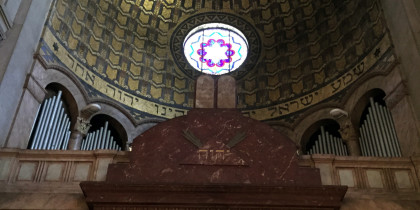
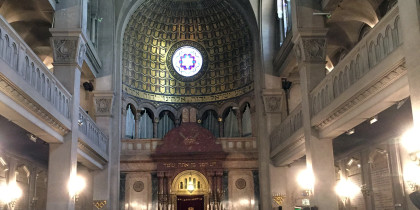

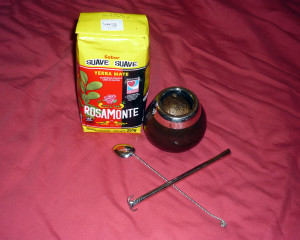



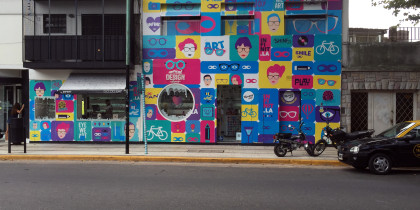





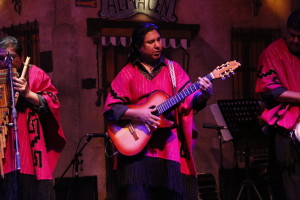
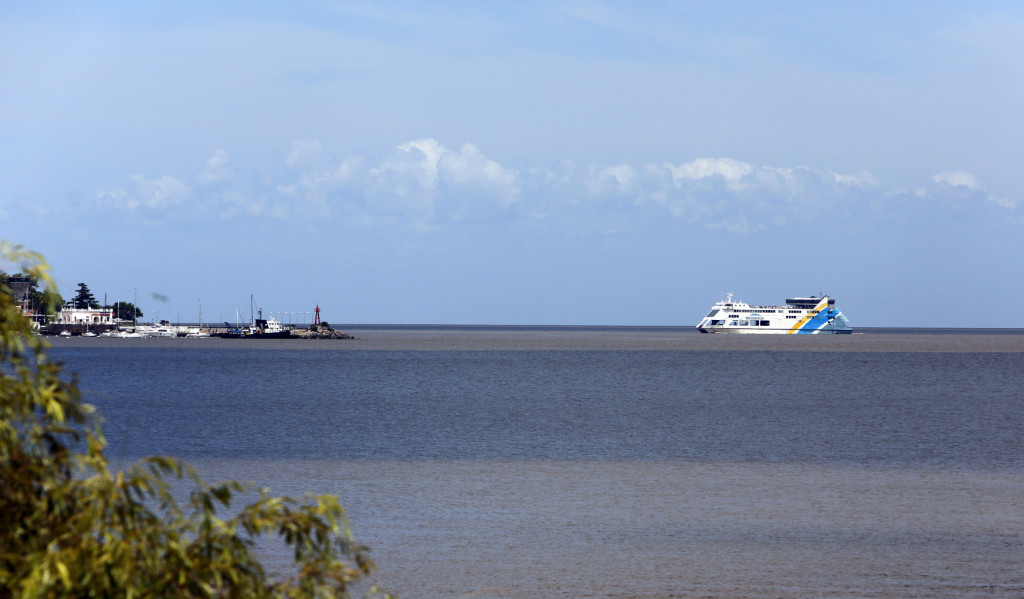
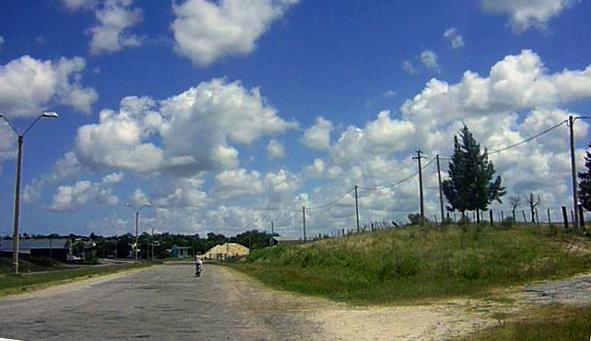




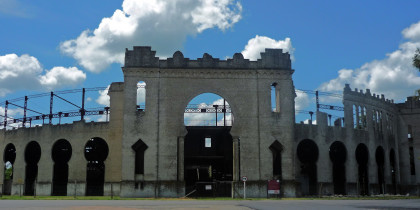
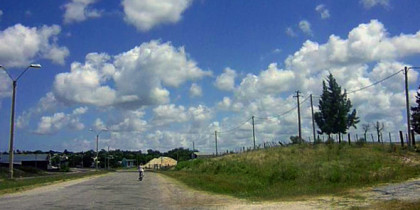


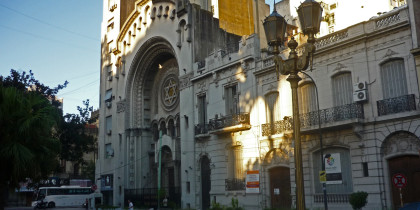
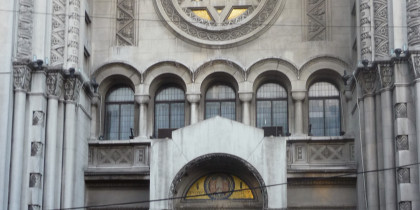
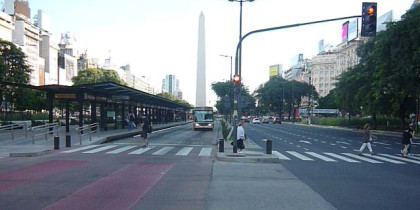

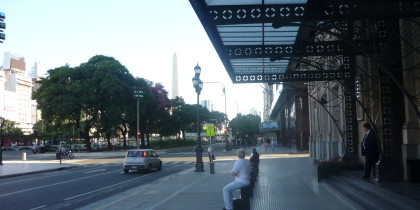

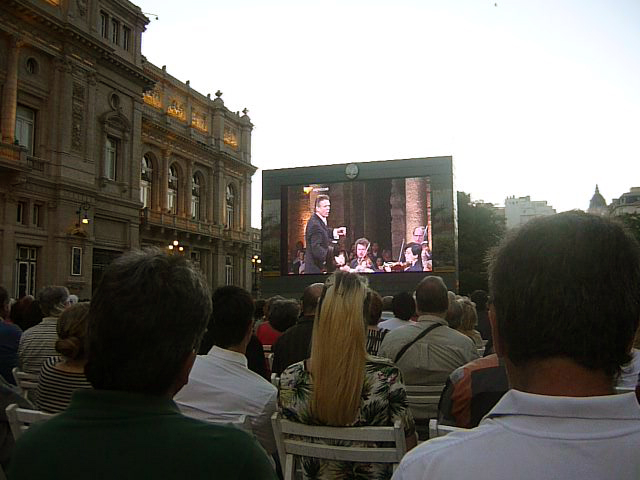
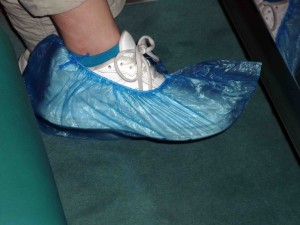

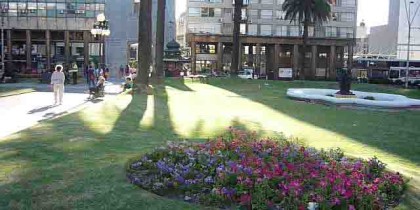



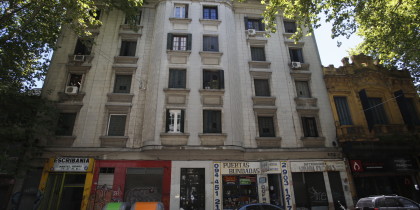
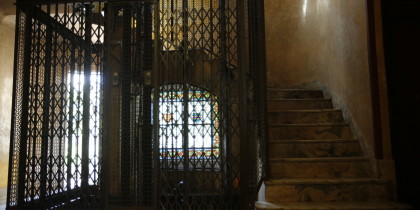

Recent Comments